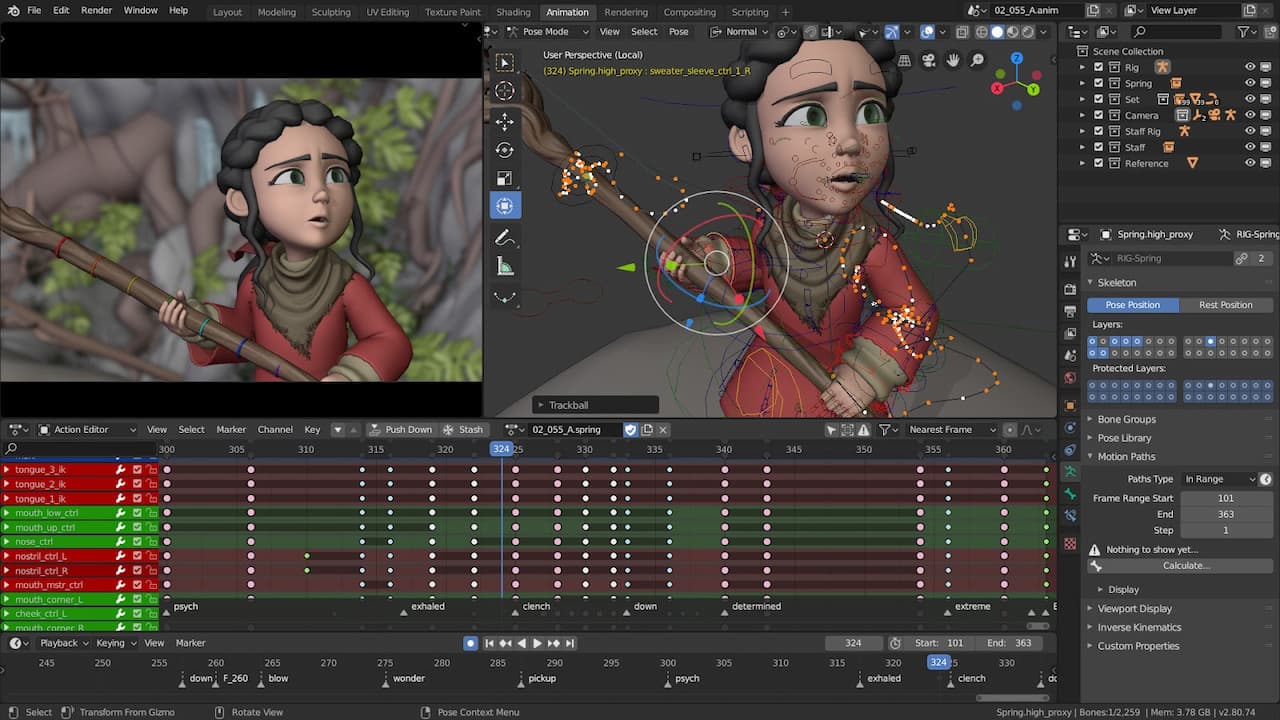Piracy in computer games has been a serious problem for the gaming industry since its inception. With the advent of personal computers and game consoles in the 1980s and 1990s, unauthorized copying and distribution of computer games became more popular. This resulted in loss of income for game developers and publishers. In response, game developers and IT companies have begun to take action to protect against piracy.
Why Protect Games
Piracy is the unauthorized distribution and use of copyrighted material, including video games. This problem affects not only developers and publishers, but the entire industry as a whole, as well as consumers themselves.
The video game industry is a multi-billion dollar industry with companies investing heavily in product development and marketing. Piracy not only reduces the revenues of these companies, but also undermines the incentive to invest in the development of new games. When consumers “pirate” games, it affects the ability of game developers and publishers to recoup development costs.
In addition, piracy can reduce the quality of games. When companies see no return on investment, they are less likely to invest in new projects or improve existing games. This may result in a reduction in the quality of games available to consumers.
Antipiracy v0.1: 1980s and 1990s
The first video games in the 1980s were for the Spectrum and Commodore 64 and distributed on cassette. Copying data to a cassette was a piece of cake if one had a two-deck tape recorder. Therefore, piracy was plentiful and continued without any technological barriers, even when games were released on floppy disks and CDs.
At the same time, piracy did not particularly affect the game market for the Commodore 64. Developers still sought to create games for it, only the availability of DOS-based PCs in the early 90s caused a decline.
Commodore games were copied just as actively as Windows 2000 games. The difference is that by 2003 copying had grown into software piracy, and in 1988 people were just swapping game files.
Games released in the late 80s and early 90s had mostly analog protection, not software. Game developers have been sophisticated in their devices to protect against piracy.
The Great and Terrible SecuROM: 2000s
The early 2000s are big changes for the video game industry. The market has shifted from predominantly physical media—CDs and cartridges—to digital downloads and online platforms. The emergence of high-speed Internet and the development of technology have opened up new opportunities for the development and distribution of games.
Piracy flourished thanks to file sharing and torrents. If earlier a cassette, cartridge or disc had to be borrowed or rented from someone, then online game files were distributed instantly.
This greatly shook the market, and many developers have adopted DRM to protect their games.
SecuROM has become one of the most common disc copy protection tools. This technology was developed by Sony DADC, a subsidiary of Sony Corporation. It was first introduced in 1997, and in the zero years it was actively used in many video games.
SecuROM used a digital signature to verify the authenticity of the game disc. When a user tried to install a SecuROM-protected game, the technology verified the authenticity of the digital signature on the disc.
DRM good and bad: 2010s and 2020s
With the advent of mobile gaming and the Steam and App Store platforms, the industry began to transform. Business models have also begun to change. In addition to traditional retail sales, developers have begun experimenting with free-to-play and subscription models, allowing users to play for free or for a recurring fee.
Technologies have also evolved to protect video games from piracy and unauthorized use. Although SecuROM and disc-based DRM were still used by some developers, many began to move towards online activation and account-based DRM, which allowed more control and flexibility in protecting software from piracy.
In 2012, a scandal broke out in connection with the controversial application of the DRM policy.
Blizzard’s Diablo III and EA’s SimCity are two examples of highly anticipated video games that have suffered from overprotection. As a result, sales declined and publishers lost money.
Our conclusion
The video game industry has evolved over the years, from simple cartridge and floppy disk games to large scale digital downloads. Piracy is still a major problem facing the industry, but thanks to advances in technology, developers have been able to adopt better methods of protection. However, it’s important for developers to strike a balance between protecting their intellectual property.



